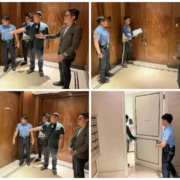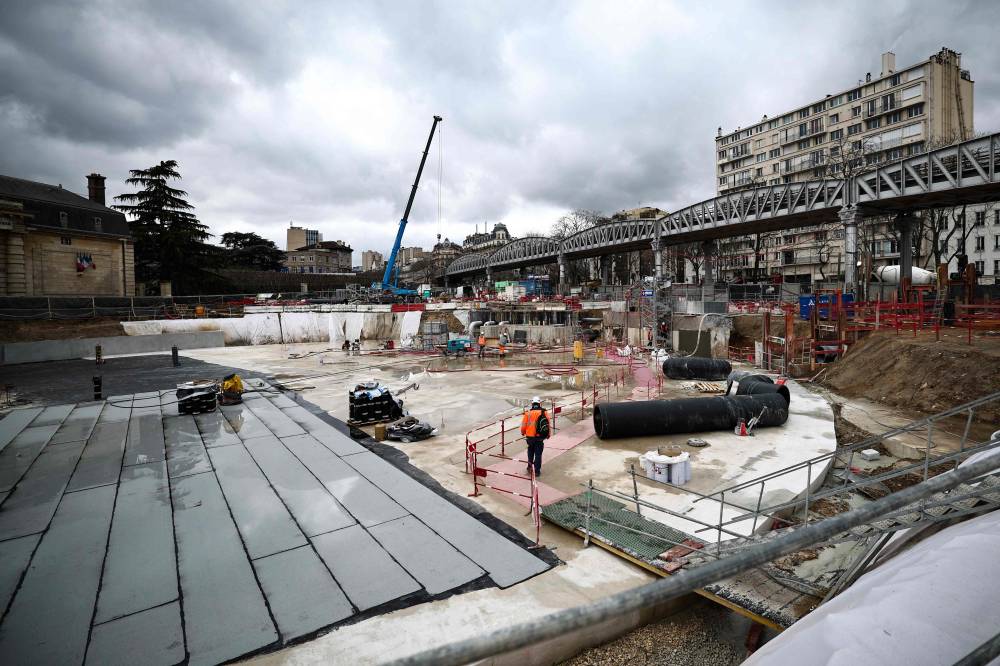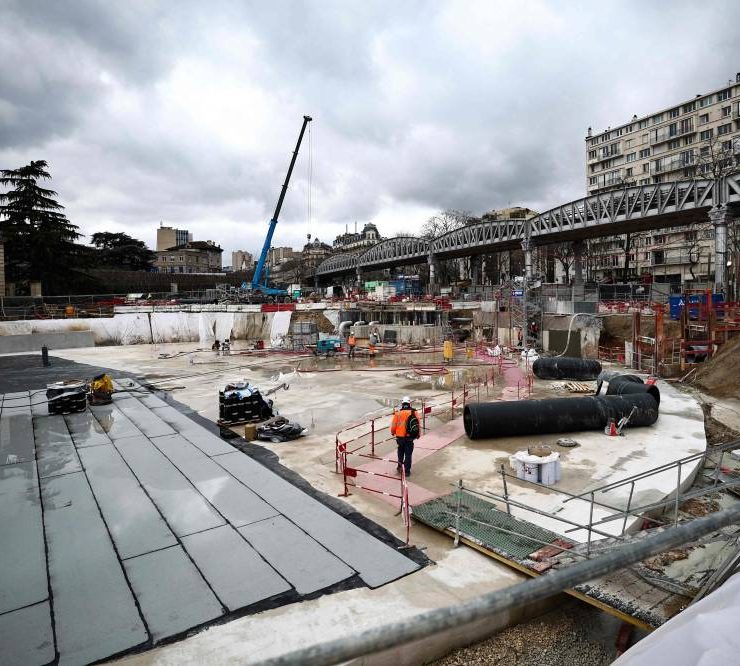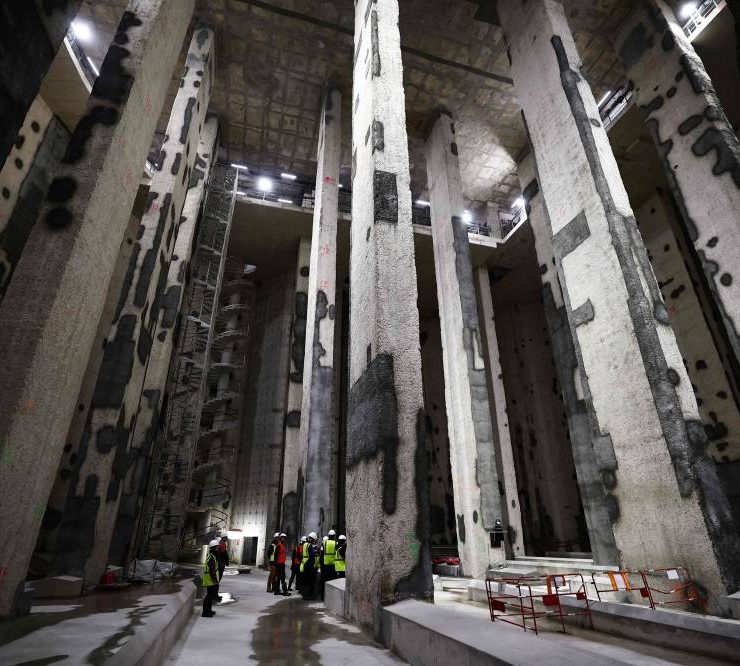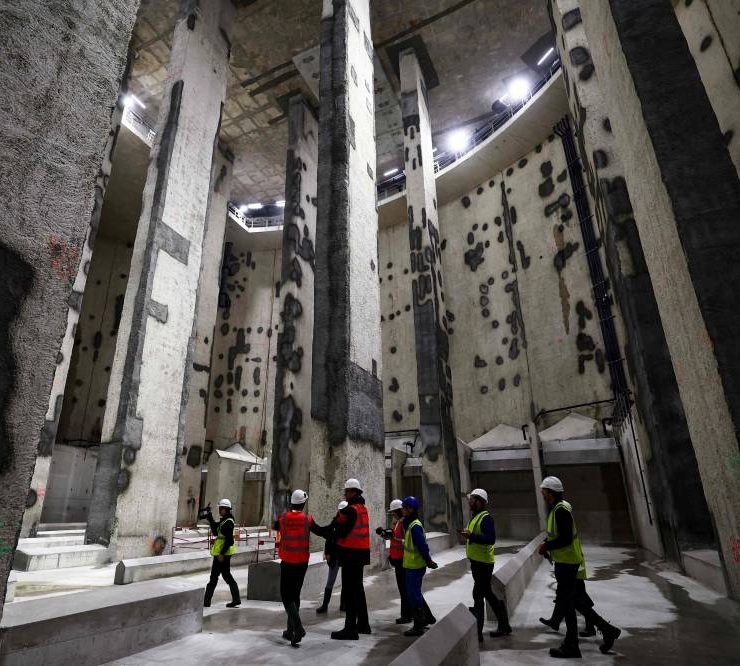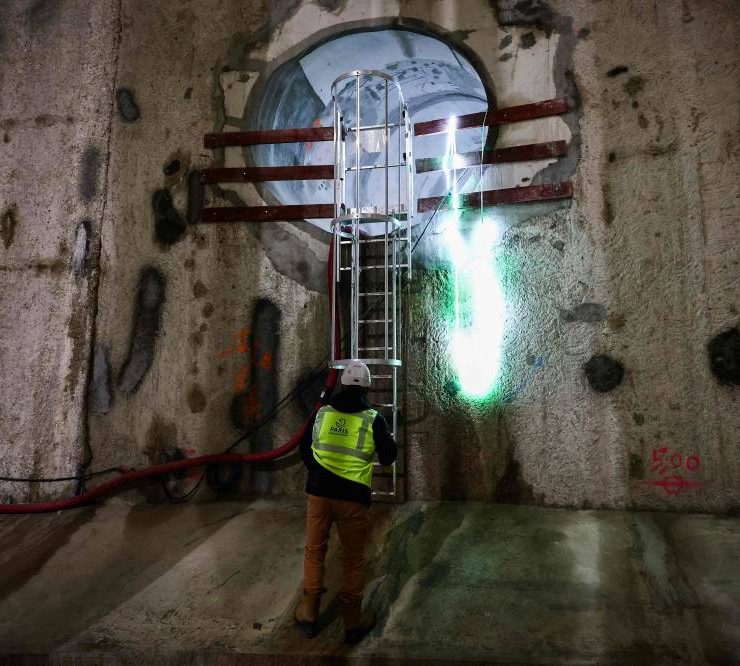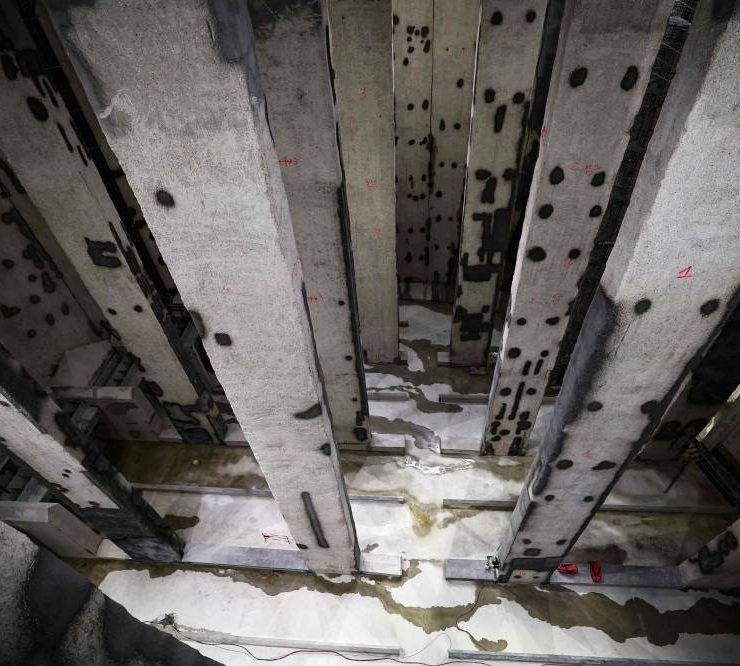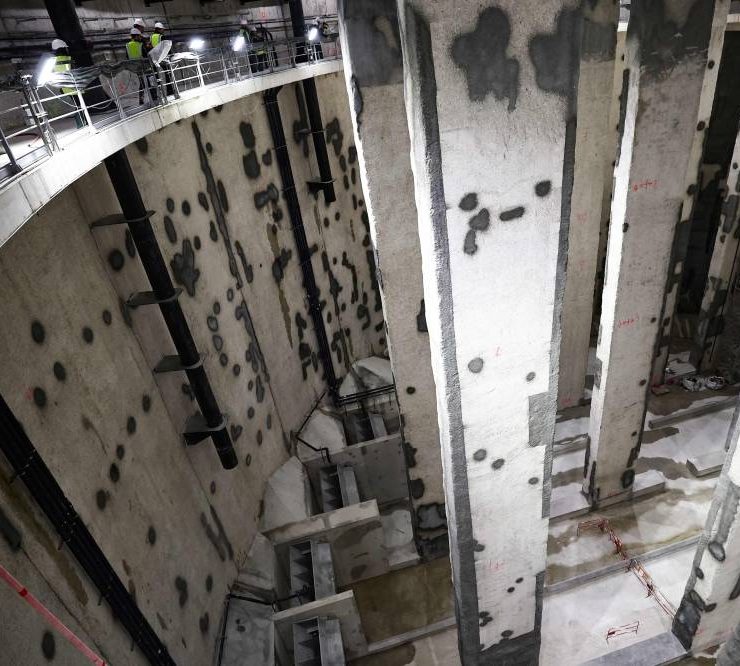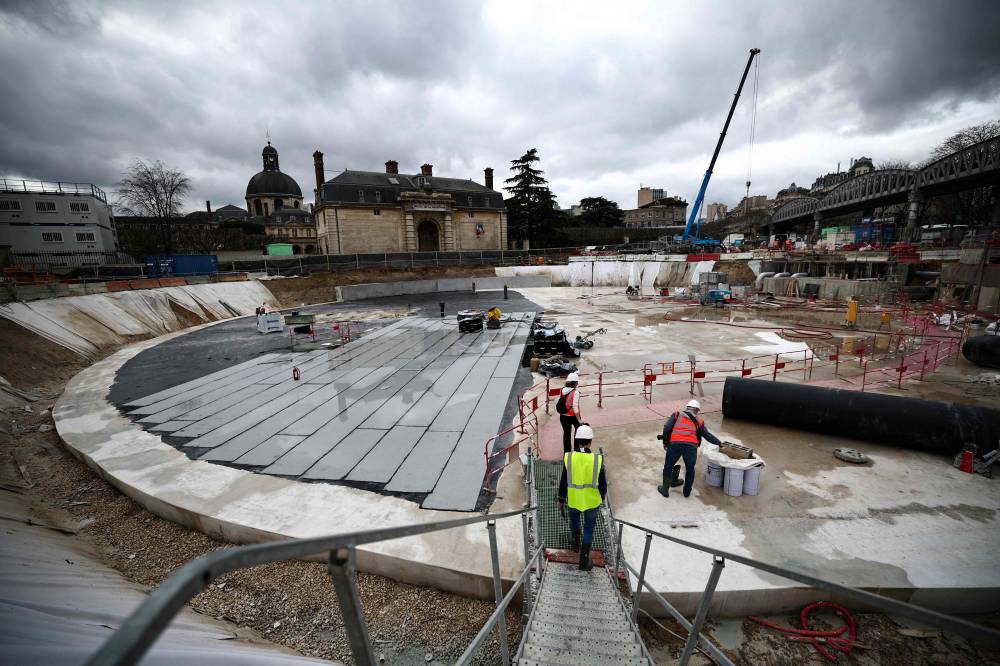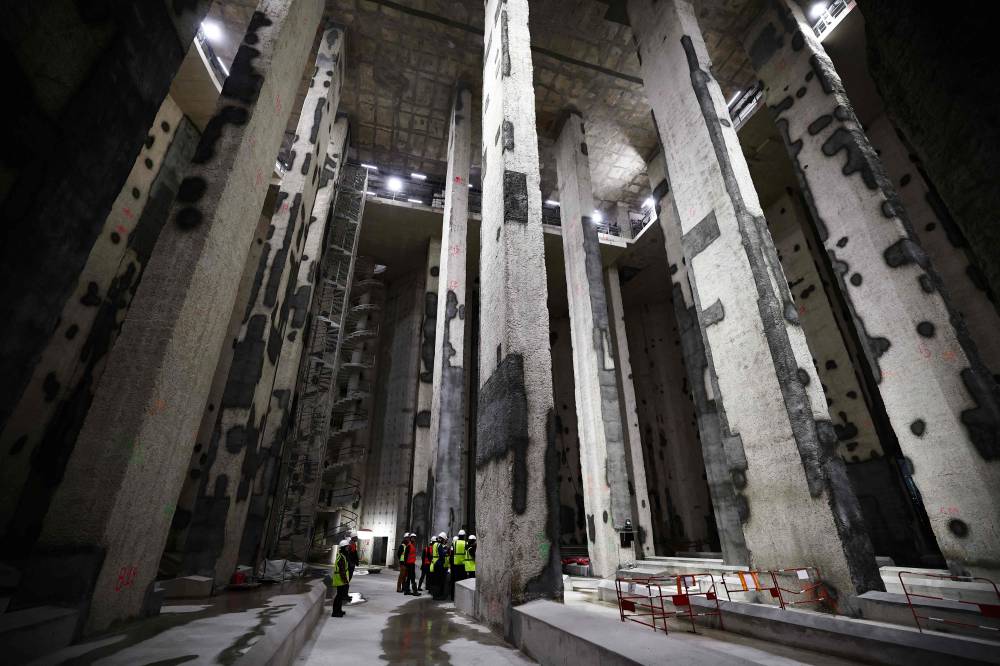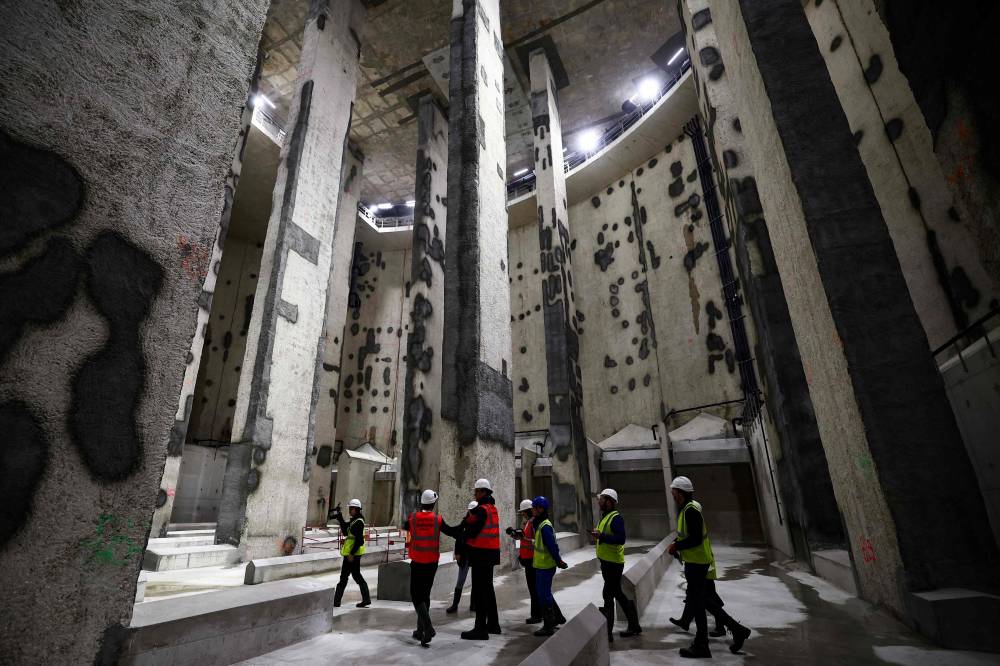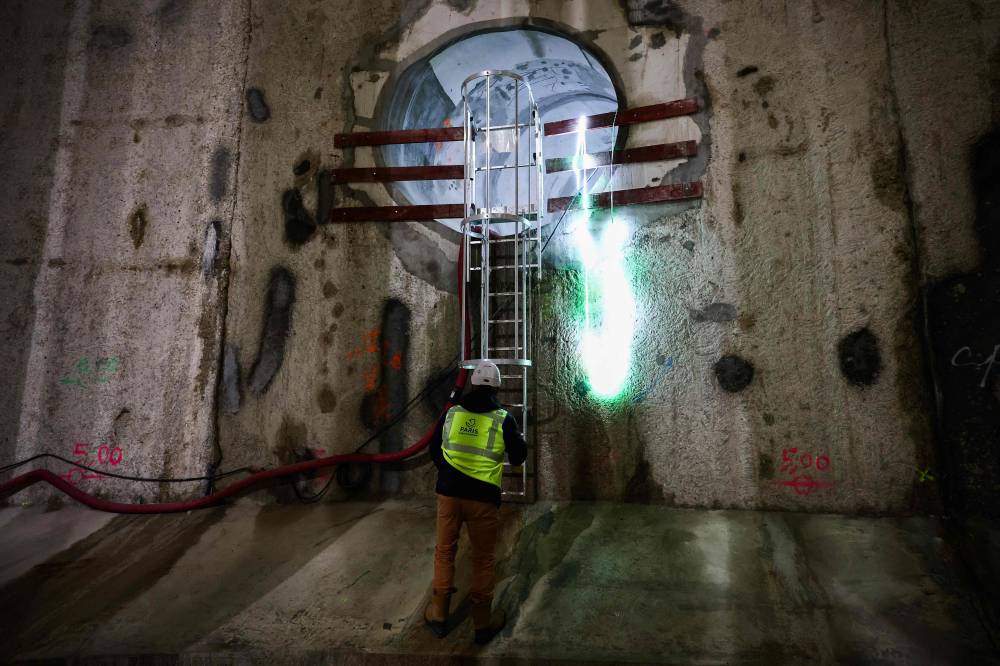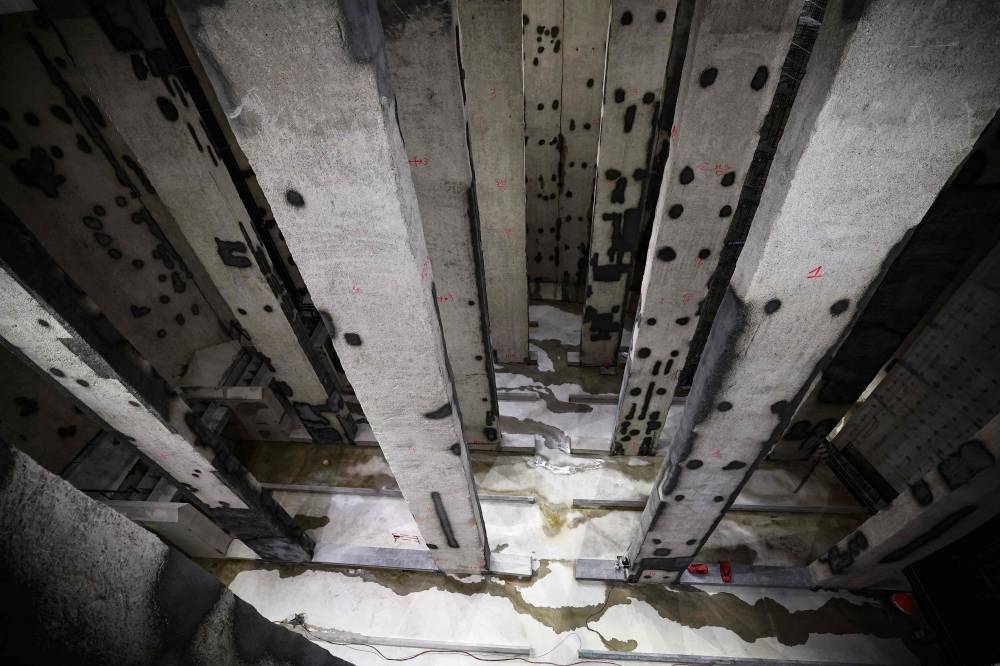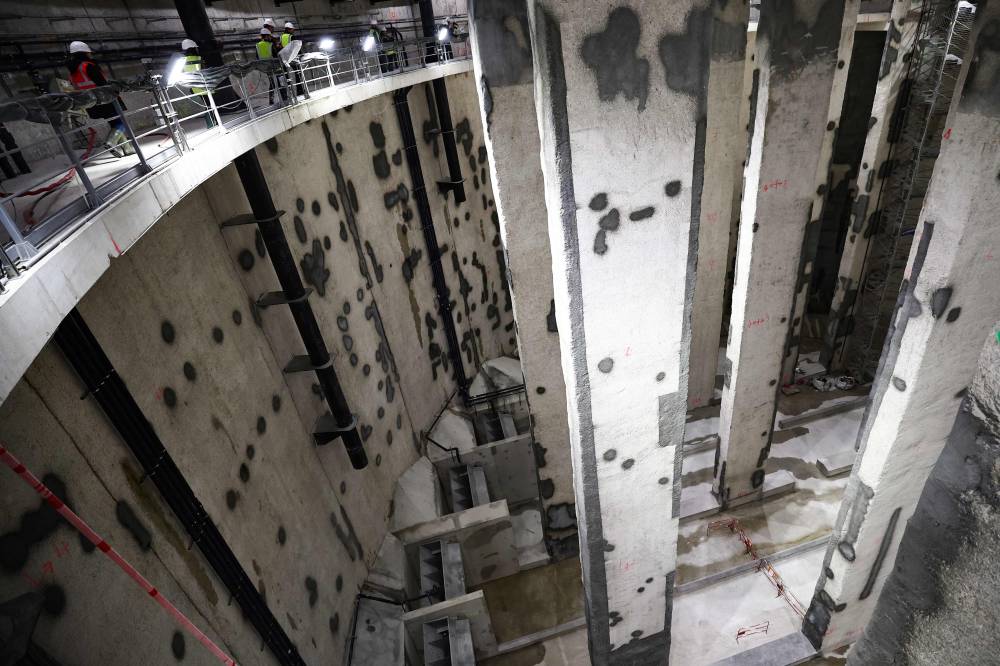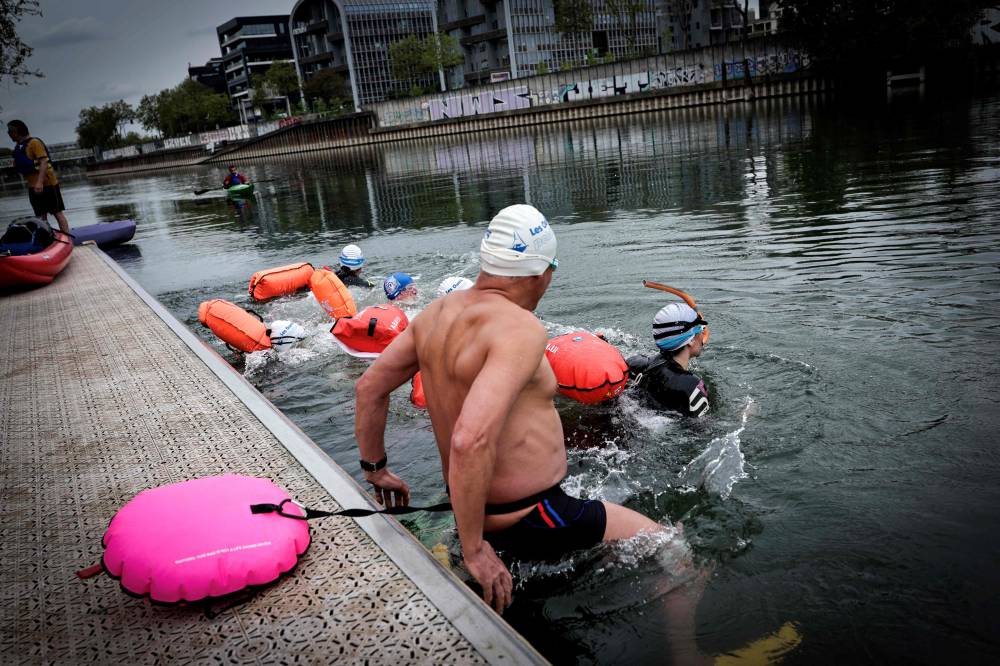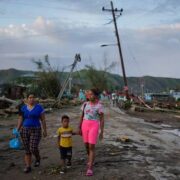New ‘underground cathedral’ opens ahead of Paris Olympics
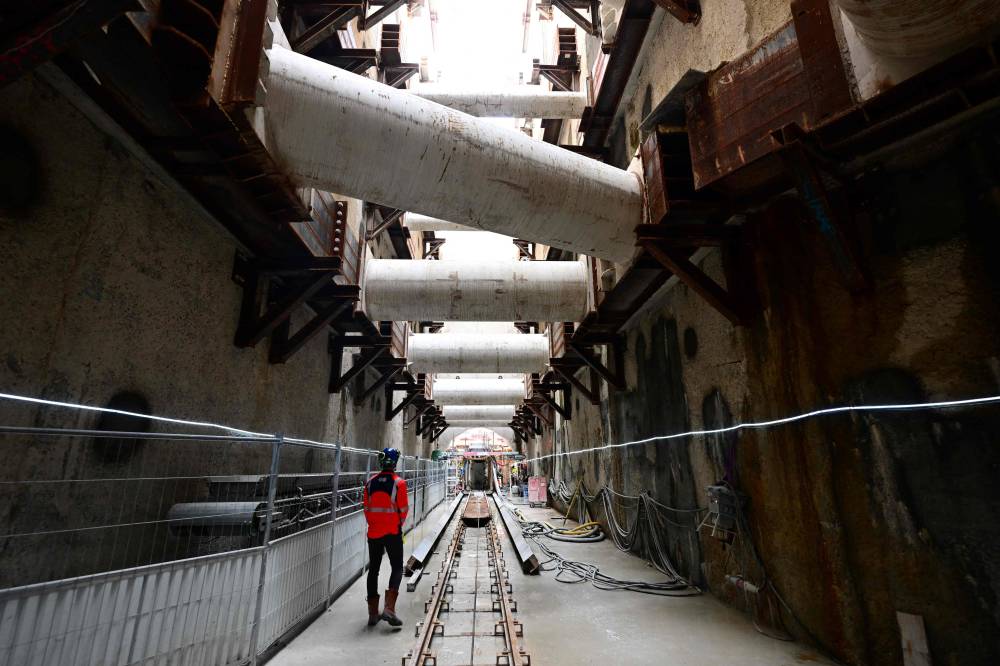
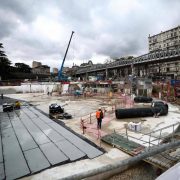
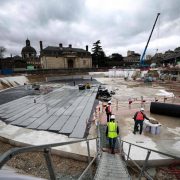
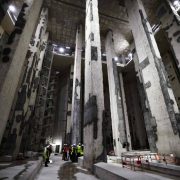
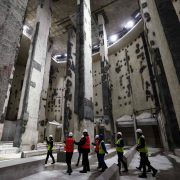 +3
+3 New ‘underground cathedral’ opens ahead of Paris Olympics
New ‘underground cathedral’ opens ahead of Paris Olympics
New ‘underground cathedral’ opens ahead of Paris Olympics
New ‘underground cathedral’ opens ahead of Paris Olympics
New ‘underground cathedral’ opens ahead of Paris Olympics
New ‘underground cathedral’ opens ahead of Paris Olympics
New ‘underground cathedral’ opens ahead of Paris Olympics
PARIS—It has no spire, stained glass windows or nave but the cavernous underground stormwater facility inaugurated on Thursday in the French capital ahead of the Paris Olympics has been compared to Notre Dame Cathedral.
The giant new structure, burrowed 30 meters underground next to a train station, is a key part of efforts to clean up the river Seine, which is set to host swimming events during the Paris Games in July and August.
“It’s a real cathedral. It’s something exceptional,” Paris mayor Anne Hidalgo said on Thursday as she walked on the bottom of the vast cylinder-shaped construction that has taken more than three years to complete.
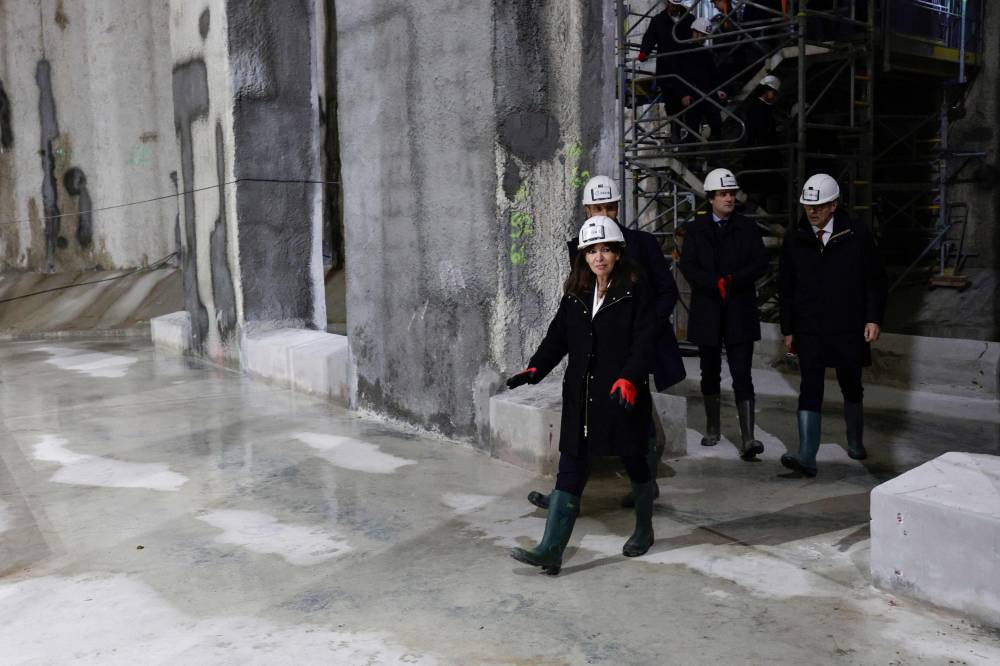
Deputy Paris mayor Antoine Guillou has compared the project in western Paris, near the Austerlitz transport hub, to Notre Dame, which is under reconstruction after a devastating fire in 2019.
“I like to say that we’re building two cathedrals,” he told reporters during a visit in mid-March.
“There’s the one above ground that everyone knows—Notre Dame. And then there’s the one underground.”
Notre Dame will not be ready in time for the Paris Games, as promised by President Emmanuel Macron immediately after the inferno that tore through the 850-year-old masterpiece.
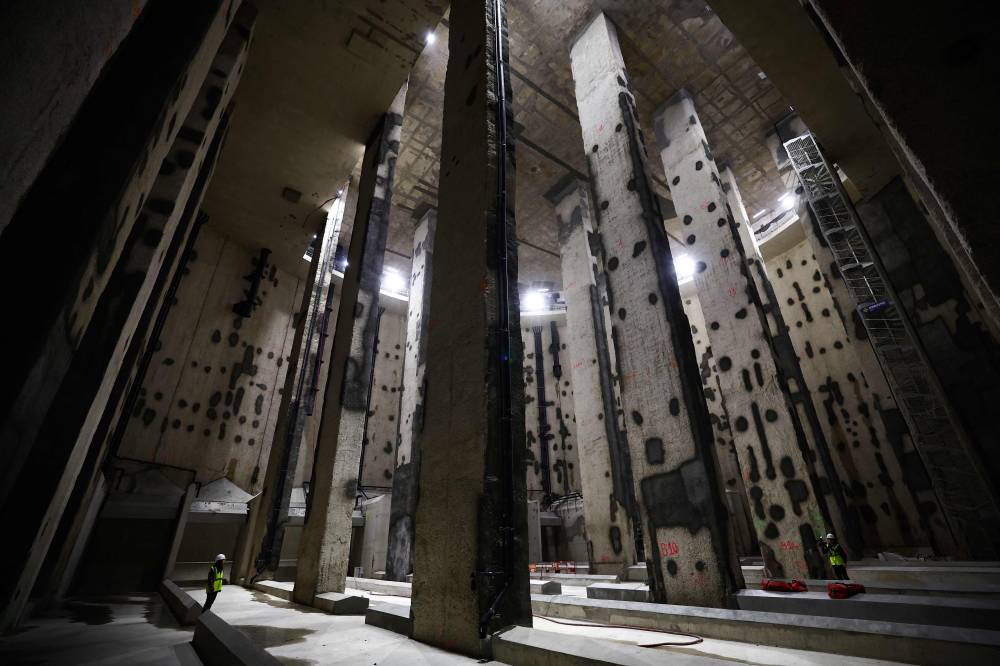
Dirty discharges
But its spire has been restored and workers are busy working on the roof ahead of its grand reopening in December.
Fortunately for Olympic open-water swimmers, the stormwater facility is set to enter service in June after tests later this month.
Its role will be to store rainwater in the event of a heavy downpour, reducing the chances of the capital’s sewerage system needing to discharge its pathogen-rich contents directly into the Seine.
Paris’ sanitation system is under immense scrutiny following pledges from Olympic organizers to use the Seine for the marathon swimming and triathlon during the Games, which begin on July 26.
Cleaning up the river has also been promoted as one the key legacy achievements of Paris 2024, with Hidalgo intending to create three public bathing areas in its waters next year.
One of the features of the sanitation system—which dates from the mid 19th century—is that it collects sewage, domestic waste water and rain water in the same underground tunnels before directing them to treatment plants.
In the event of a major rainstorm, the system becomes overwhelmed, which leads to valves being opened that release excess water containing untreated sewage directly into the Seine.
In the 1990s, this led to around 20 million cubic meters of dirty water containing sewage being discharged every year, according to figures from the mayor’s office.
In recent years, after a multidecade investment and modernization program, the figure has fallen to around 2 million cubic meters.
On average, discharges occur around 12 times a year at present.
But with the new facility this number should fall to around two, city officials say.
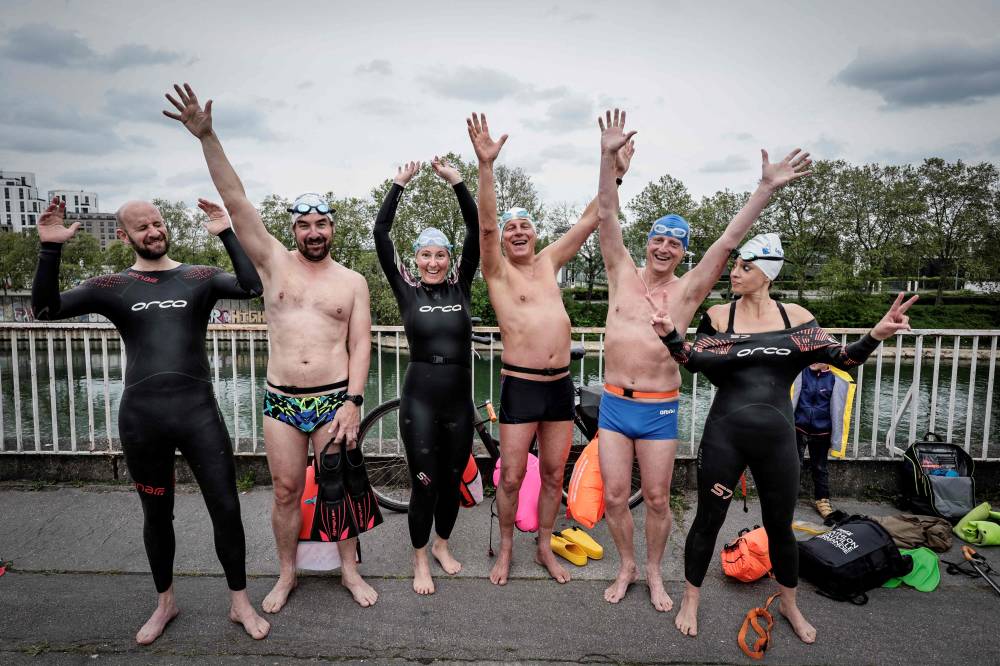

- A group of swimmers prepare to enter the River Seine to swim, in Ile-Saint-Denis, north of Paris on May 1, 2024. (Photo by STEPHANE DE SAKUTIN / AFP)
Cancellation risks
A major storm or a succession of heavy rain could still lead to the cancellation of the Olympic swimming events.
But chief organizer Tony Estanguet stressed on Thursday that there were contingency plans in place, including being able to delay the races by several days, if necessary.
“With all the measures that have been put in place and the planning, we are very confident that the competitions will take place,” he told reporters while he inspected the stormwater facility.
Three Olympic test events had to be cancelled last July and August following heavy rain.
Some swimmers, including Olympic champion Ana Marcela Cunha from Brazil, have called for a plan B in case the Seine is too dirty.
Olympic open water swimming has frequently been plagued by pollution concerns.
At the end of the test event in 2019 ahead of the Tokyo Olympics, swimmers protested against the quality of the water in Tokyo Bay.
At the Rio Olympics in 2016, the prospect of swimming in the polluted Guanabara Bay also made headlines.
Hidalgo and President Emmanuel Macron have promised to take a dip in the Seine before the Paris Games to demonstrate it is safe—just over a century since public swimming was banned there in 1923.
Hidalgo said this would happen in June.
“We’ll give you the date. We’re going to set a time range to do it because in June you can have good weather but there can also be storms,” she said. —AFP
AFP is one of the world's three major news agencies, and the only European one. Its mission is to provide rapid, comprehensive, impartial and verified coverage of the news and issues that shape our daily lives.


